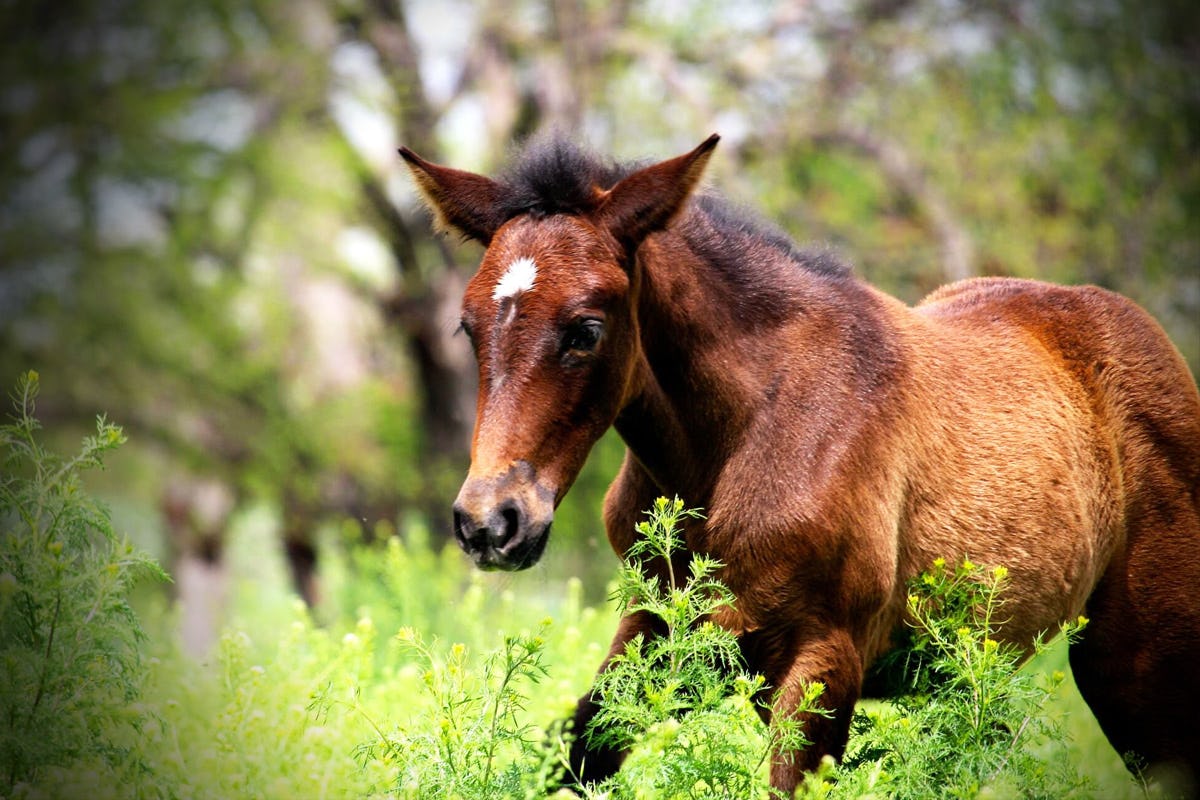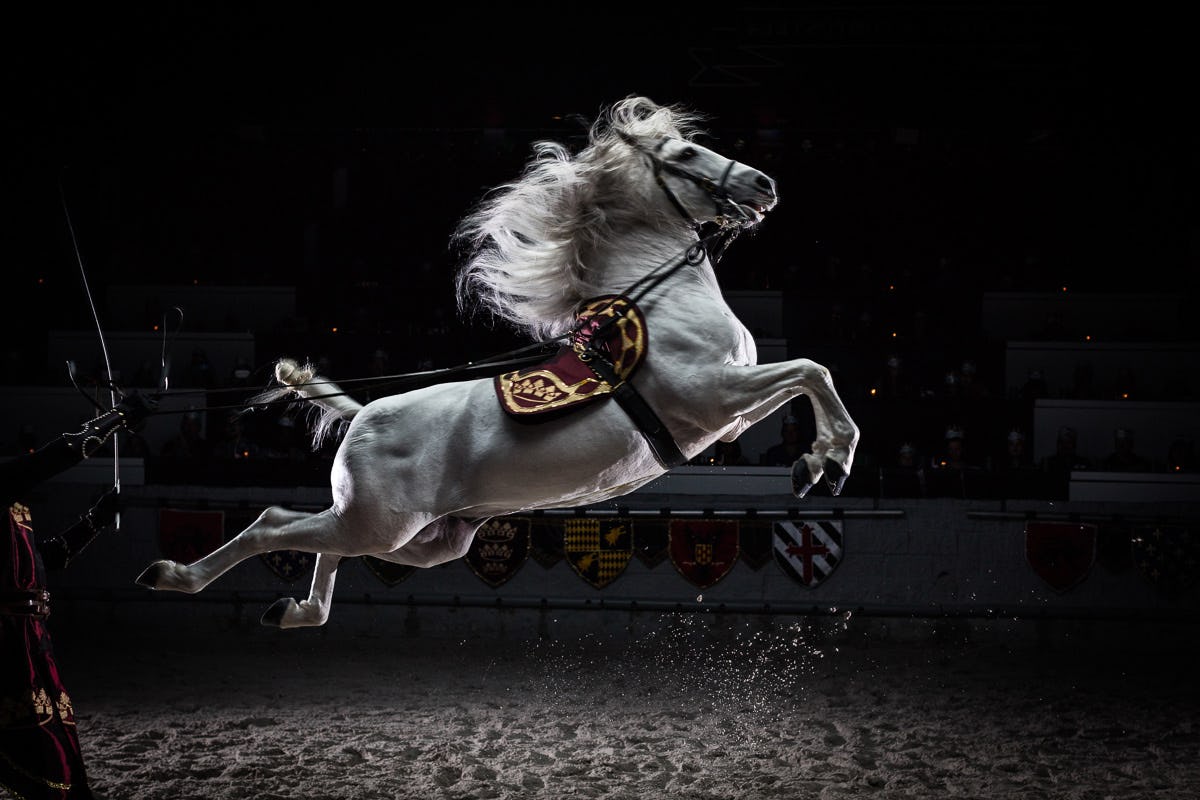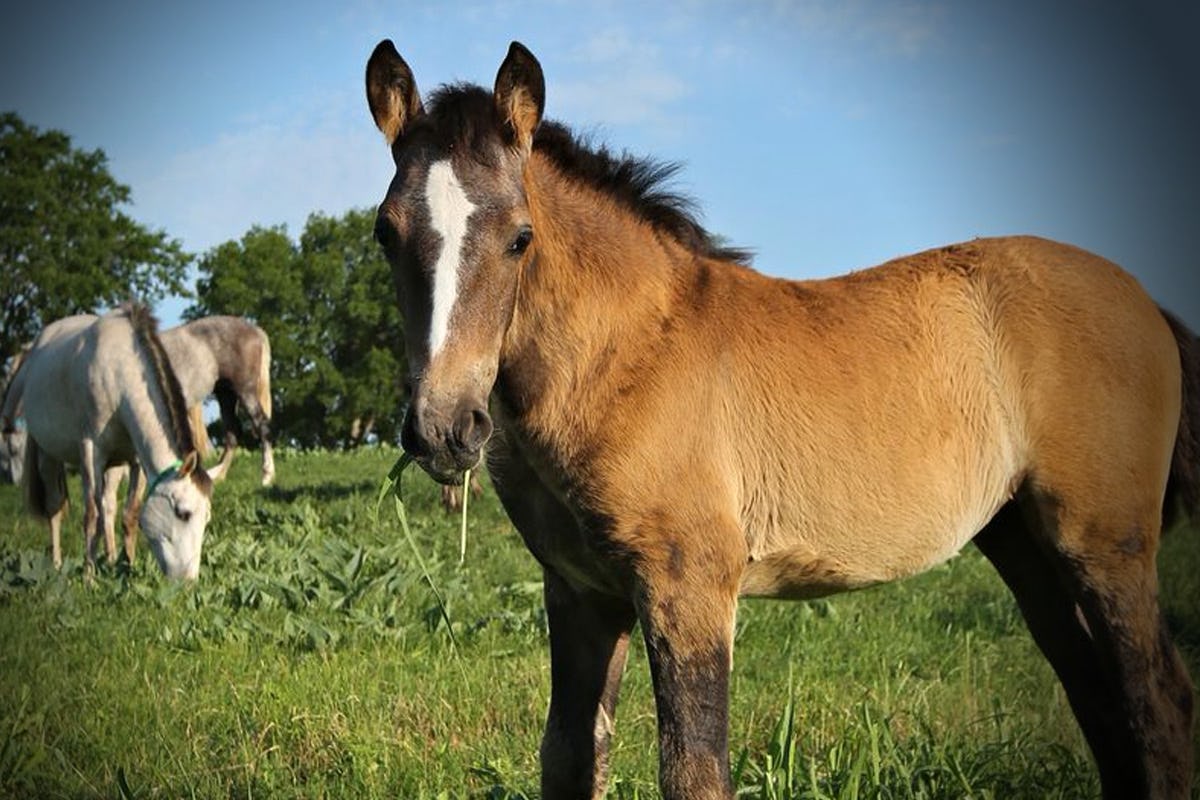The horses of Medieval Times may be the real stars of the show. From young foals all the way through their retirement, they are cared for in the best possible way. Read on to learn how they become the show-stopping performers they are meant to be!
Learning the Ropes

The beginning of life on the ranch is a beautiful event. Early human contact is important, and the young foals are attended with the best veterinarian care. As soon as the yearlings are ready, training begins with simple steps, like an introduction to lead ropes and halters. Once they understand how to work with the ropes and halters, which generally takes a year or two of gentle workouts, they’re ready to graduate to saddle training. Long reins and simple exercises such as lunging follow.
Around the age of three, the horses move to their new homes – one of the royal castles – where they find clean, comfortable and secure stables fit for a queen. At the castle, they continue their training and learn advanced-level dressage from the Master of Horses
The relationship between horses and trainers is a powerful one. The Master of the Horses spends years working with the royal horses, training them to stay true and strong in the most heated moments of the battle. Each horse, no matter the breed, has its own personality. The Master of Horses works with their temperaments, helping the bashful to grow bolder and the wild to grow tamer. The Master of Horses uses these personalities to help pair the horses with the right rider. Each horse works with a specific group of knights. This bonding in the form of daily walking and riding can take weeks or months. But, once the bond is made, the rider and the horse become one in the performance, expressed in grace, strength, and speed. The Master of Horses ensures the health and happiness of the horses, who can serve a knight for 12 years or more. The Master of Horses tends to the castle’s stables, ensuring all the horses are comfortable, clean and fed with the finest hay and grains in the kingdom.
The Art of Dressage

Outside of learning to lunge, sprint and stay focused during the heat of battle, their horses are also masters of the dance, performing graceful and fluid leaps and promenades in unison. This activity is known as “dressage,” which has ancient European origins. Sometimes referred to as “horse ballet,” it is a training style that plays off a horse’s natural athletic ability and willingness to perform.
Dressage training is considered a standardized and progressive method of training. The end goal of this training is to have a horse that responds smoothly to commands with minimal encouragement from the rider. This training is displayed in the pre-tournament act where the Master of Horses escorts the horse with riders into the tournament field to perform an exquisitely choreographed dance. One of the most popular parts of the show highlights the jumps or “airs” in which a horse’s body leaves the ground. There are a variety of names and styles of jumps including the courbette, mezair, levade, and capriole.
Once a horse has excelled in training, it is time to move into the limelight as a pampered performer. With all of their teaching and practice, the horses can’t wait to get in the arena to perform. It’s what they love to do.
Retirement

Once the horse performers start to slow down a little, the Master of Horses determines if it is time to bid a kind adios and ease them into retirement. It is a sad moment when a horse has to leave the castle for good. The bond between the horses and the knights is so strong, it can be bittersweet for all. But, a long and happy retirement awaits the horses back at the place called the Chapel Creek Ranch. In the serene setting, the horses live out their lives in royal treatment.
They give so much. The horses of Medieval Times enjoy retirement with the best veterinarian care, delicious food, warmth, comfort and socializing with all of the other horses on the ranch, young and old.
